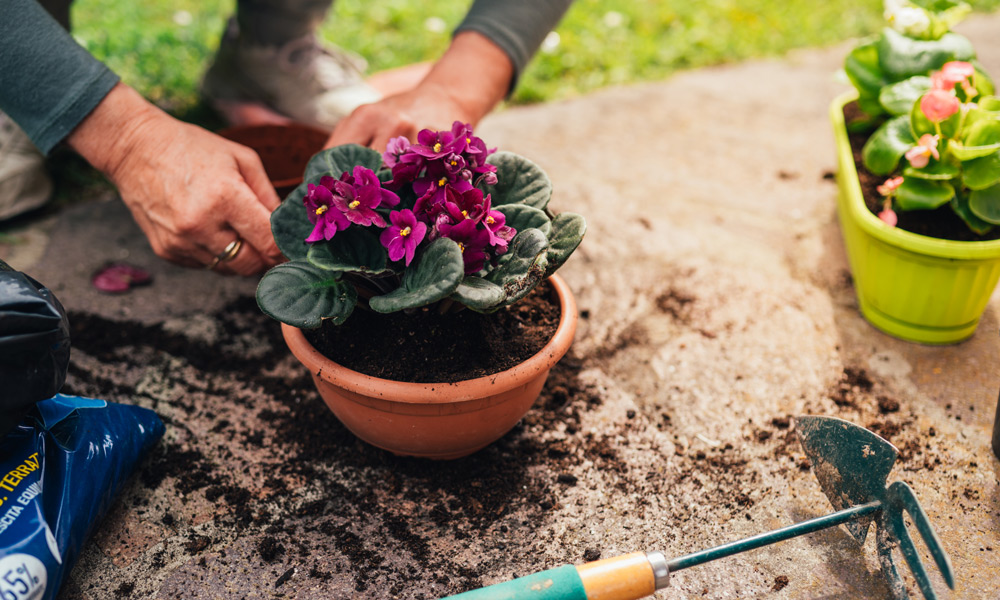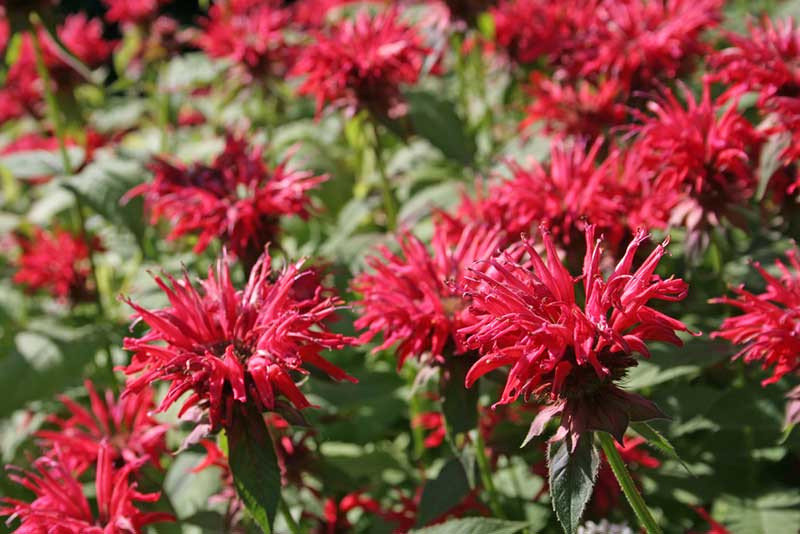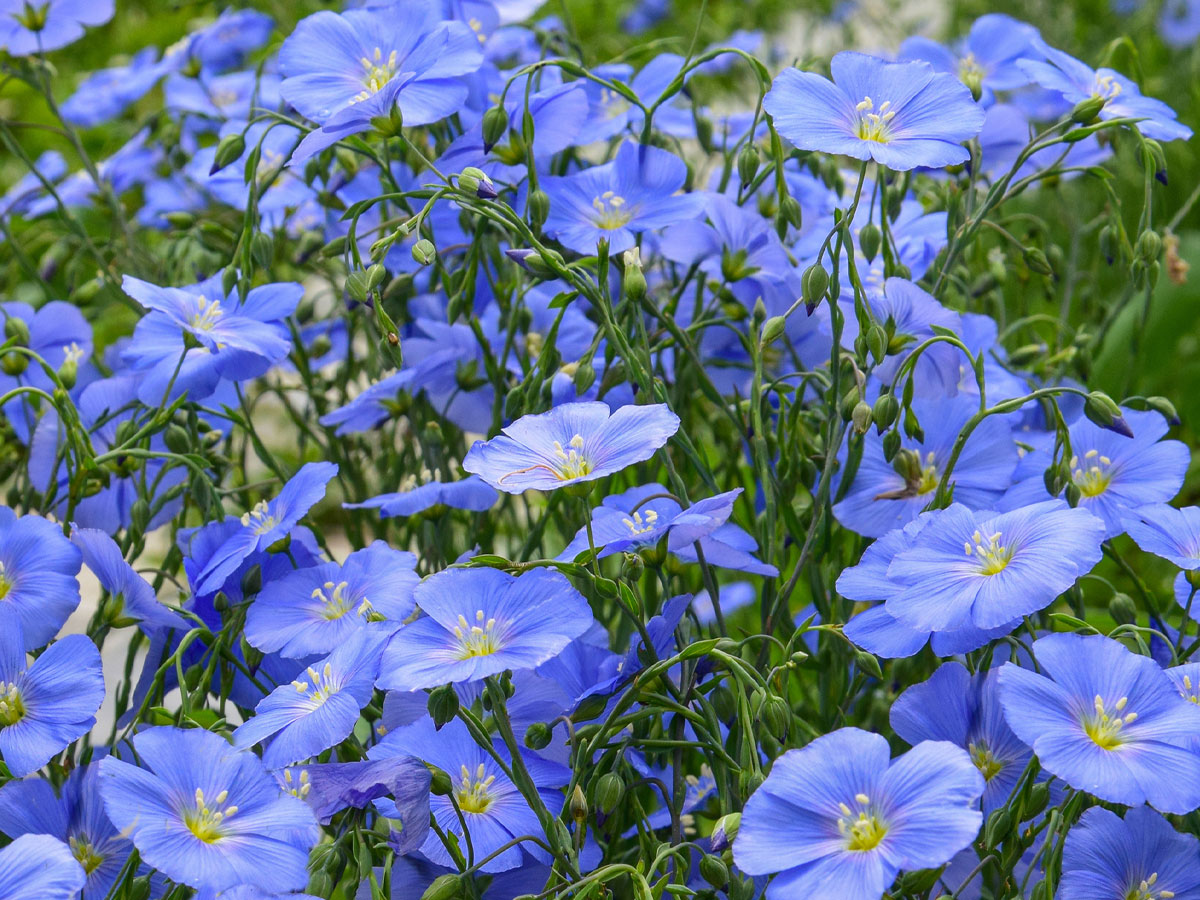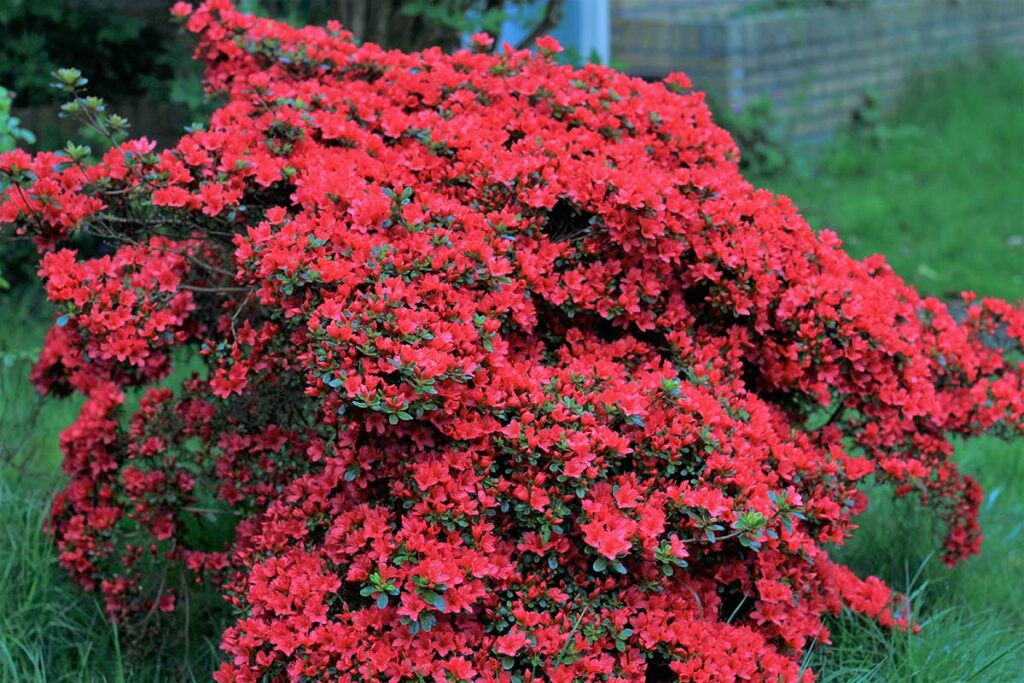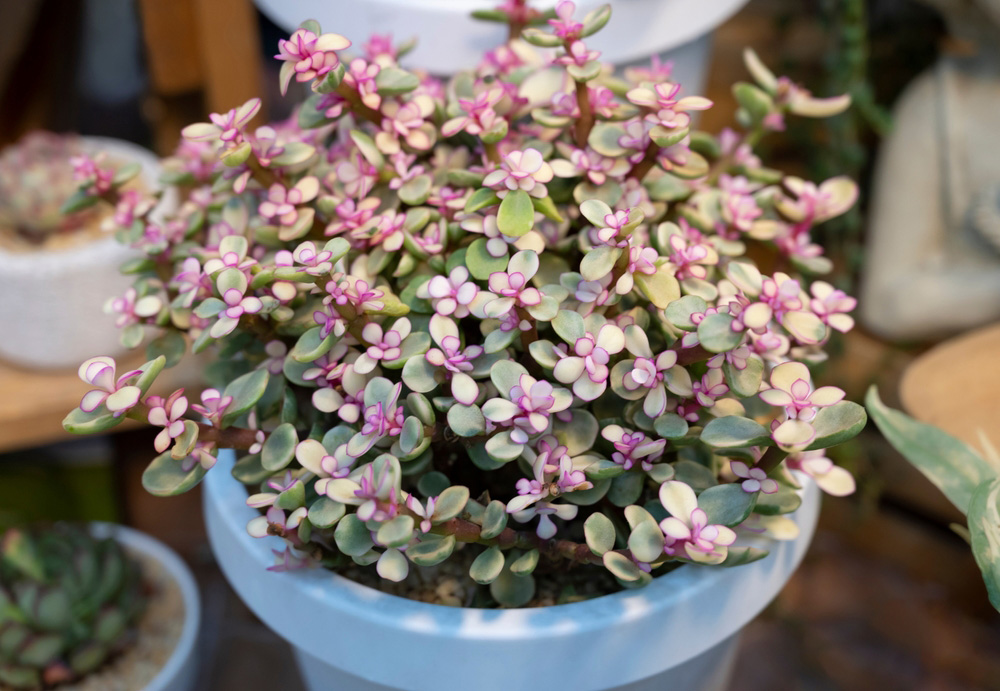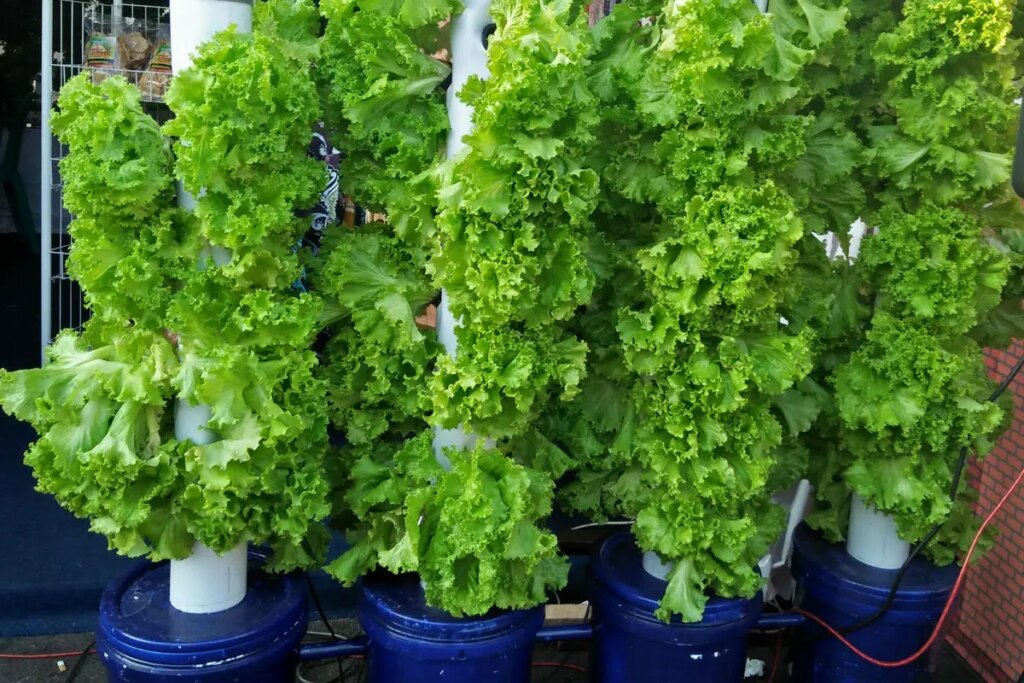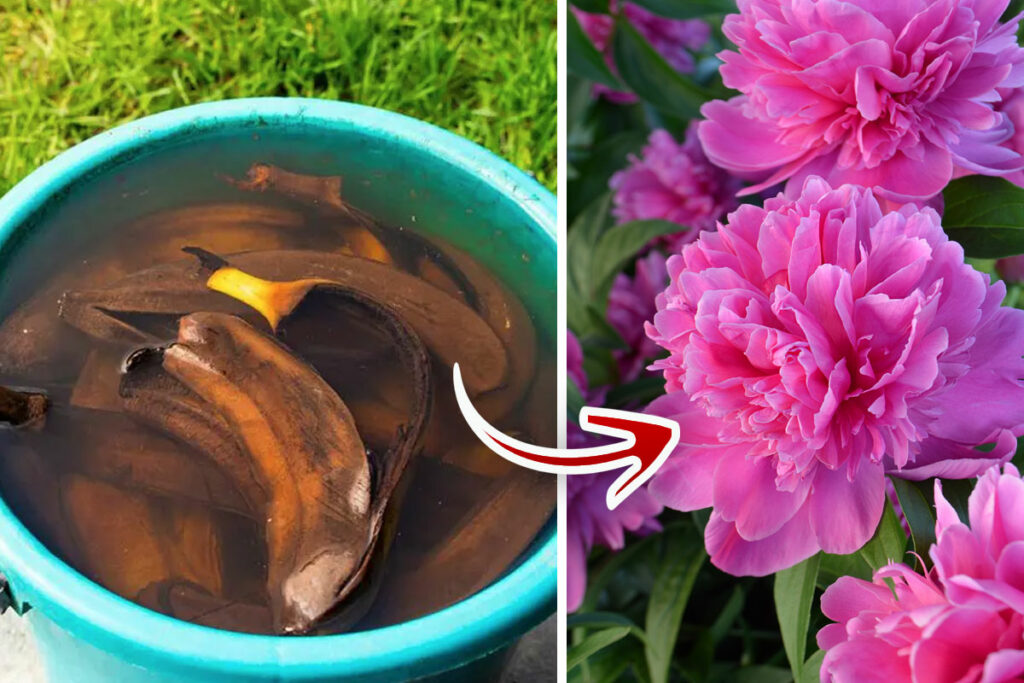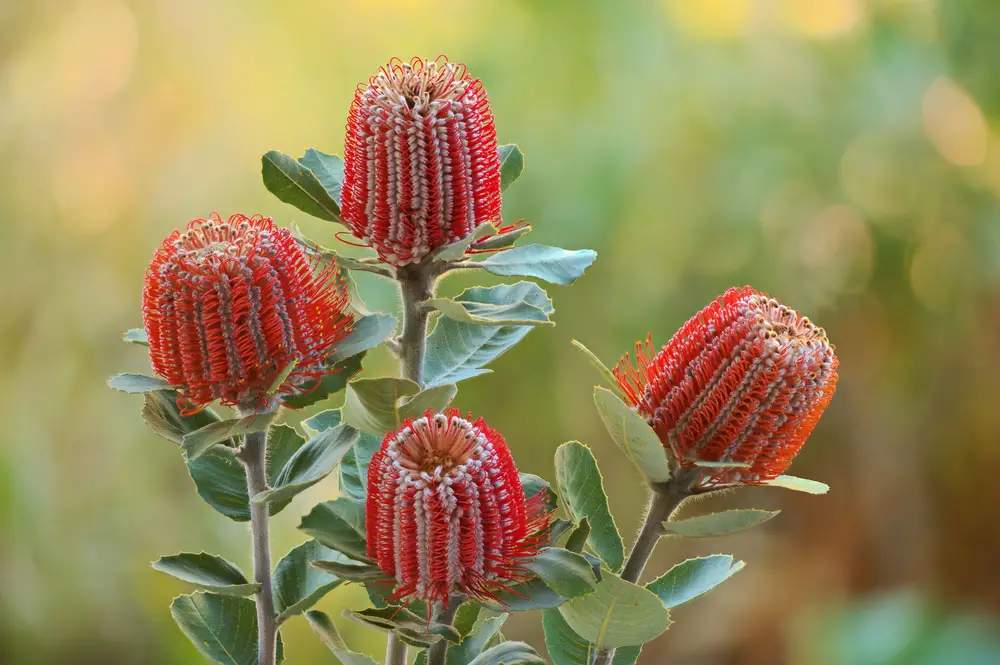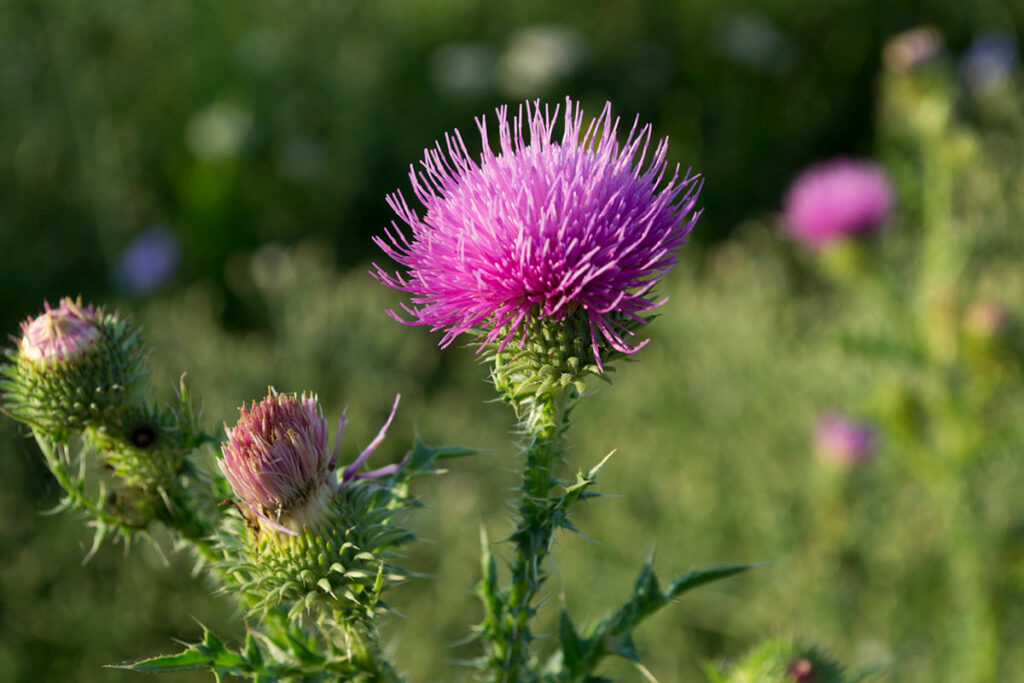
Milk thistle, a spiky purple plant with white veins and unique leaves, has been used for centuries for its remarkable health benefits. As a gardener, growing this versatile herb in your garden can not only enhance its aesthetics but also provide you with a natural ingredient that has been praised for its healing properties.
You might be wondering what gives milk thistle its incredible power. The secret lies in a compound called silymarin, which is known for its antioxidant, anti-inflammatory, and liver-protecting effects. By growing your own milk thistle, you can take advantage of these benefits and incorporate them into your wellness routine.
In addition to its medicinal benefits, milk thistle is also a beneficial plant for the environment. Its role as a pollinator-friendly plant is essential for maintaining a diverse and thriving ecosystem in your garden. By planting milk thistle, you are supporting local pollinators and contributing to nature’s delicate balance.
What Is Milk Thistle
Milk thistle, scientifically known as Silybum marianum, is a flowering herb native to the Mediterranean region. It has been used for centuries for its medicinal properties, especially those related to liver health. You might have seen this plant in gardens, fields, or alongside roads with its spiky leaves and distinctive purple flowers.
One of the primary active ingredients in milk thistle is silymarin, which is a flavonoid complex extracted from the plant’s seeds. Silymarin consists of three main components: silibinin, silidianin, and silicristin. The combination of these components is believed to have various health benefits, such as antioxidant, anti-inflammatory, and even anticancer properties.
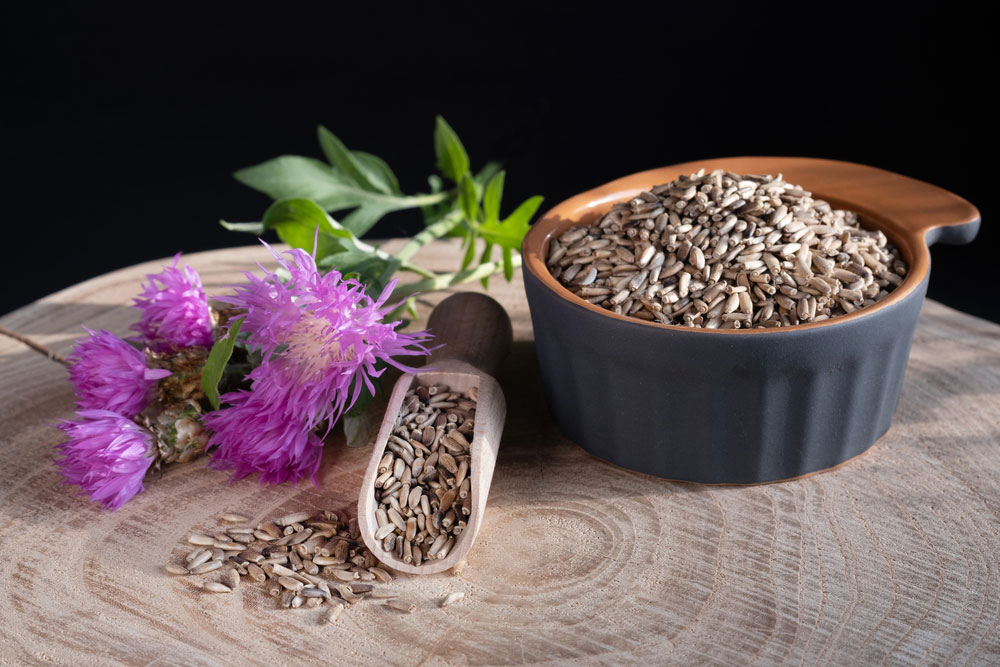
As a natural remedy, milk thistle has been traditionally used to support liver healing and rejuvenation. It helps protect your liver from damage caused by toxins, pollutants, and other harmful substances. Additionally, it may also promote the growth of new liver cells, assisting in the overall function and vitality of this crucial organ.
Not only is milk thistle beneficial for your liver, but it can also aid in the management of cholesterol levels and have a positive impact on blood sugar regulation. Some studies suggest it may reduce insulin resistance, offering potential benefits for people with type 2 diabetes.
Growing milk thistle in your garden is quite easy, as it’s a resilient and hardy plant. It adapts well to different types of soil and climate conditions. Plus, it can add a touch of vibrant color to your garden with its attractive flowers while providing valuable health benefits at the same time.
So, now that you know what milk thistle is and how it could positively affect your health, consider adding this beautiful and functional herb to your garden. It’s a simple way to bring natural wellness remedies right to your doorstep.
Importance of Milk Thistle in Health
Milk thistle is a popular flowering plant that has been recognized for its numerous health benefits. Here, we’ll dive into the various advantages of growing and consuming milk thistle, focusing on liver health benefits, antioxidant properties, and anti-inflammatory advantages.
Liver Health Benefits
Milk thistle is famous for its liver-supporting properties. It contains a powerful compound called silymarin, which is thought to have a strong liver-protecting effect. By nurturing your liver health, you can:
- Improve detoxification efforts
- Reduce the risk of liver diseases
- Support your liver cells’ recovery and regeneration
Incorporating milk thistle can help you maintain a well-functioning liver, essential for overall health.
Antioxidant Properties
In addition to supporting your liver, milk thistle also boasts antioxidant properties. Antioxidants are important for protecting your body from damaging free radicals, which are linked to various diseases and aging processes. Some benefits of antioxidants include:
- Protecting cells from damage
- Boosting immune function
- Reducing the risk of heart disease and certain cancers
Incorporating milk thistle into your diet can provide you with essential antioxidants to support your overall health.
Anti-Inflammatory Advantages
Lastly, milk thistle has anti-inflammatory properties, which can benefit your health in multiple ways. Reducing inflammation can:
- Ease symptoms of inflammatory conditions and diseases
- Alleviate digestive issues
- Lower the risk of heart disease, diabetes, and other illnesses
By growing and consuming milk thistle, you can directly benefit from its anti-inflammatory potential and help your body fend off various health concerns.
Why Grow Milk Thistle
Health Benefits
Milk thistle is widely known for its health benefits, especially when it comes to liver health. It contains silymarin, a powerful antioxidant that helps protect the liver from damage and supports its detoxification processes. By growing your own milk thistle, you can enjoy these benefits firsthand.
In addition to liver support, milk thistle may also provide other health benefits, such as:
- Reducing cholesterol levels
- Supporting weight loss
- Boosting immune system
Ease of Cultivation
Growing milk thistle in your garden can be a rewarding experience. It is a hardy plant, meaning it can tolerate a range of soil types and conditions. Moreover, it requires only minimal maintenance, making it an excellent choice for first-time gardeners or those with busy schedules. Here are some key tips for successful milk thistle cultivation:
- Choose a sunny location
- Provide well-draining soil
- Water regularly, but do not overwater
- Prune occasionally to remove dead leaves and flowers
Economical Advantage
By cultivating your own milk thistle, you can save money on supplements or expensive health products that contain this beneficial herb. Not only will you have a steady supply of fresh milk thistle for your own use, but you can also share or even sell the excess to friends, family, or at a local farmers’ market. By growing milk thistle at home, you’ll enjoy the following economical advantages:
- Cost savings
- Control over quality
- Potential income from selling surplus
So, consider incorporating milk thistle into your garden for its health benefits, ease of cultivation, and economical advantage!

How to Grow Milk Thistle
Growing milk thistle can be a rewarding experience as it provides not only aesthetic beauty but also health benefits. Here’s a friendly guide to help you grow milk thistle in your garden.
First, choose a suitable location for planting. Milk thistle thrives in well-draining soil and prefers full sun exposure. This will ensure optimal growth and an abundance of flowers.
Next, purchase milk thistle seeds from a reputable supplier. You can start the seeds indoors about 6-8 weeks before the last frost date, or you can directly sow them in your garden after the danger of frost has passed. If starting indoors, plant the seeds in seed trays or small pots using a well-draining potting mix.
When it’s time to transplant the seedlings, loosen the soil in your garden bed to about 12 inches deep. Space the milk thistle plants 12-18 inches apart, as they will grow quite large. If you’re planting seeds directly, sow them about a quarter-inch deep and thin the plants to the appropriate spacing once they’ve sprouted.
Water your milk thistle plants regularly, ensuring the soil remains moist but not waterlogged. They are moderately drought-tolerant, so be careful not to overwater.
Finally, apply a balanced fertilizer in the spring and summer to promote healthy growth. Milk thistle typically doesn’t require excessive fertilizing, but providing a balanced nutrient source can be beneficial.
By following these steps, you’ll be well on your way to enjoying the beauty and benefits of milk thistle in your garden.
Harvesting Milk Thistle
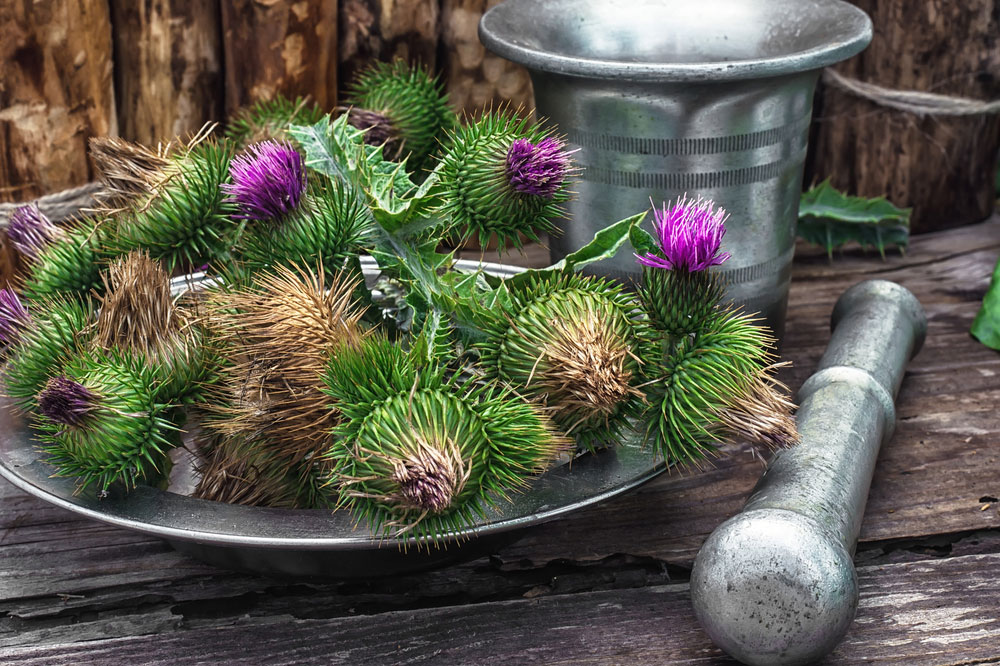
Harvesting milk thistle can be an enjoyable and rewarding process. To ensure you get the most out of your milk thistle plants, follow these simple steps:
First, choose the right time for harvesting. The best time to harvest milk thistle is when the flowers have turned from purple to white and have developed fluffy seed heads. This typically occurs in late summer or early fall, depending on your local climate.
Wear gloves and protective clothing before you start harvesting. Milk thistle is known for its spiky stems and leaves, so it’s essential to protect your hands and arms from scratches. A good pair of gardening gloves and a long-sleeved shirt will do the trick.
Cut the flower heads off the plant using a pair of sharp scissors or garden shears. Make your cuts close to the top of the stem, right below the base of the flower head. Remember to be gentle, as you don’t want to damage the seeds.
Once you’ve collected your milk thistle flower heads, it’s time to extract the seeds. Place the flower heads in a paper bag or on a clean, dry surface and let them air dry for about a week. When the flower heads have dried and become brittle, you can gently crush them with your hands or roll them between your fingers to separate the seeds.
To clean the seeds, prepare a large bowl or container by filling it with water. Place the seeds in the water and gently stir, allowing any debris and chaff to float to the surface. Skim off the debris and drain the clean seeds in a fine mesh strainer.
Finally, store your milk thistle seeds in an airtight container, such as a glass jar. Be sure to label your container with the harvest date, and store it in a cool, dry place away from sunlight.
Now that you have successfully harvested your milk thistle, you can enjoy the benefits that come from consuming it. The seeds can be ground into a powder and added to smoothies, teas, or other recipes to reap their various health advantages. Happy harvesting!

